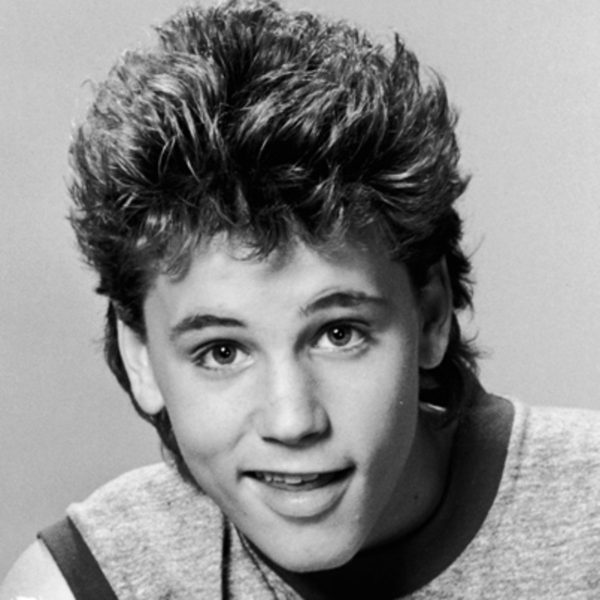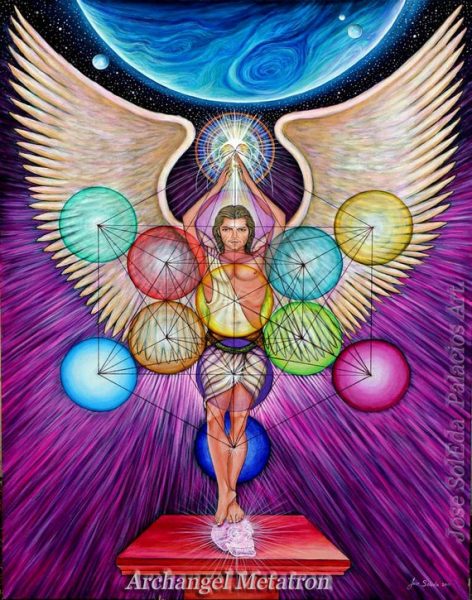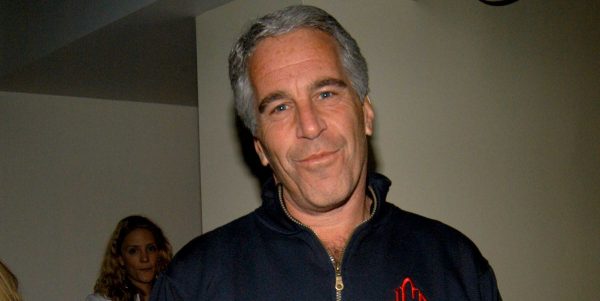Howdie folks, I wanted to share this one today. In light of some recent events here in the UK. A very famous tv celebrity (not sure how popular he was in the good ole USA). It’s a man and one of many recently who have had long established careers in the British media, who have turned out to be abusers, molesters of children of various ages. The man charged today and given a relatively short sentence, in light of his past crimes is Rolf Harris.
I don’t want to get into the why’s and wherefore’s of what he did etc, but understand the reasons behind what he did a little more. And I think with this Erik sums it up very well.
So without further ado over to Erik to enlighten and educate us.
Me: Why do people choose to be the abused and the abuser including domestic violence, childhood abuse, sexual abuse, etc.?
Erik: Well, that can get into contract talks.
Me: Of course.
Erik: And it can get into what does each person involved need to take from it or what are they trying to express. Even signing up as the victim in your life, it’s still a form of expression. Most people think victim—
Jamie (laughing): That’s a funny image. All right. If you can imagine a magnetic board and there’s a magnet of a person, like a cartoon person and they’re the victim, right? So, all of the arrows of how the energy flows point at the person.
Me: Yes, that makes sense.
Erik: It’s all about them. They’re wronged; they were harmed; they were mmmmm! OH SHIT! This is such crap! It’s such fucking dirty smelly shit.
Jamie (stunned): Oh, my god!
Me: Erik!
Jamie: Now, he’s showing me an image of that magnetic wall. There’s an image of a cartoon character that’s the same, but 50% of those arrows are pointed outwards.
Me: Oh!
Erik: THAT, is how a victim is. You have to put out to allow yourself to be the victim so that you can receive that “I’m a victim” energy. You know it doesn’t have to be with sexual abuse, mental or emotional abuse. It could be with passive-aggressive techniques where you’re allowing yourself to be victimized by kindness and you constantly choose to sacrifice yourself to please this other person so that they can manipulate you, you know, and then you never feel good, and then all of a sudden you realize you’re being the victim. Well, 50% of it’s your fault, Buddy, because you didn’t stand up and say, “I’m done. This is how I really feel. I don’t like the way you’re touching, talking to me, or allowing me to behave or blah, blah, blah, whatever.”
Me: Okay.
Erik: When you sign up to be the abuser—
Jamie: It’s the same thing. He’s putting that magnet character on the wall, but this time the—I don’t know why—but when we identify the abuser, it’s kind of a more hefty person. I guess bigger, badder?
Erik: Baddass. Now if we told people to identify the abuser, they would put the arrows all facing outwards, because they define the abuser kind of like a tornado. They just kind of destroy everything in their path. They put out wind and damage and rain. Quote me as before: That’s stinky ass shit that’s totally fucking wrong. Take fifty percent of the arrows and face them toward the abuser.
Me: So, what do the arrows pointing toward the abuser really mean? Are they partially a victim? Is that what you’re saying? Could their past, their upbringing have made them a victim in some way?
Erik: Yes! The energy they’re getting from their surroundings is not standing up to them. It’s not telling them. It’s not treating them in the way that they need for them not to be the abuser.
Me: Interesting. What about children, though? How do they point those arrows—if they’re victims—how do they point the arrows back out?
Erik: Oh, we’ll sooo get there, but before we do that, look at each magnet. The arrows are the same. If I say, ‘Tell me the difference between them by just looking at the pattern’, you couldn’t. You can’t. The abused and the abuser are the same. They’re the same!
Me: Whoa.
Jamie (choking up a bit, then clearing her throat): That was eye-opening. I didn’t expect that.
Erik: But it’s how we use that energy pushing out and in. It’s how we manipulate it, how we use it, how we function, and to give us the title of what we feel is necessary for us. If we just had better communication, we wouldn’t have to have titles like abuser or abused, victim, blah-blah-blah. Now, we’ll look at children, especially infants, babies, toddlers. When I say children—kids really get a mouth at about age six or seven.
Me: You mean have a say?
Erik: Yes. They have their personality intact; they know what is right and wrong; and they’ve been taught by now to speak up. But between then and below, the energetic patterns they’re learning from is just with their parents, and normally a child will associate with one parent more than the other at any particular time. So, with the parent they’re associating with, they’re going to be mimicking that energy to try to learn. So yes, the protector needs to be with the teacher, the parent.
Jamie: I’m sorry. Did that make sense? Who’s the protector? (to Erik) What do you mean, protector?
(Pause)
Erik: The responsibility of that child’s safety from becoming abused or from becoming the abuser is in the hands of the parent.
Me: So, that’s the person who needs to advocate or speak up for the child who doesn’t yet have the voice.
Erik: Yes. It’s a shared responsibility.
Me: Okay. I understand.
I know this is a controversial subject sure to conjure up tons of comments! Please be gentle and don’t shoot the messenger!



